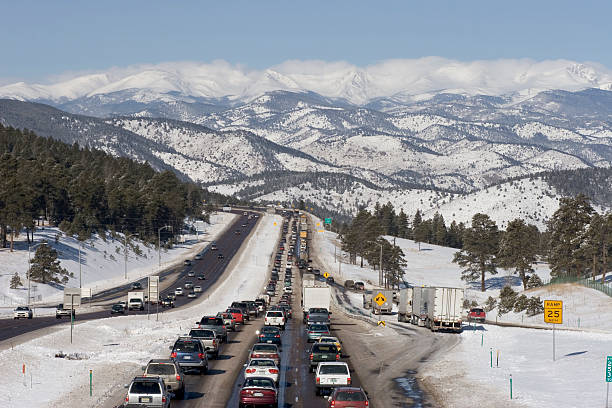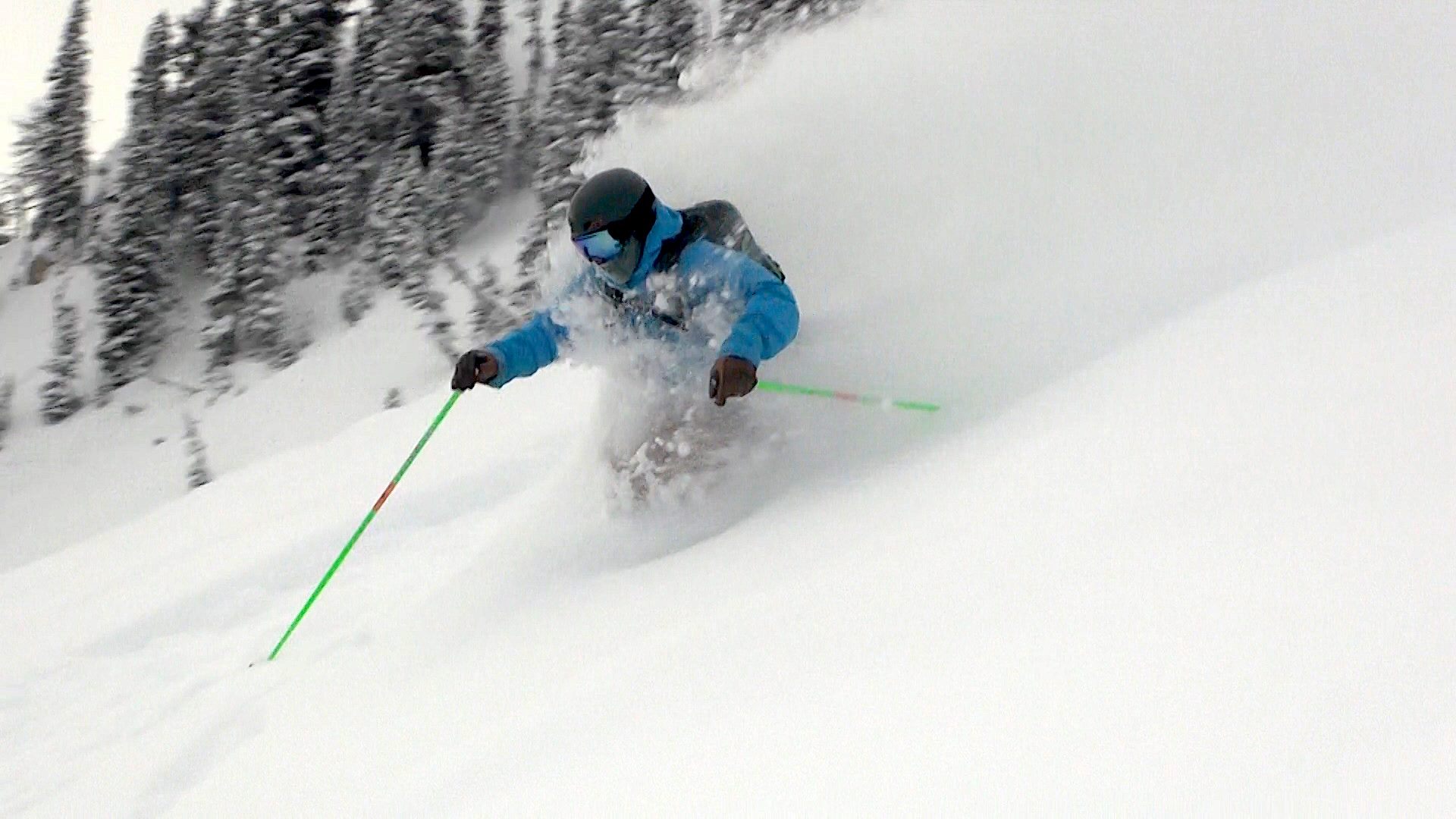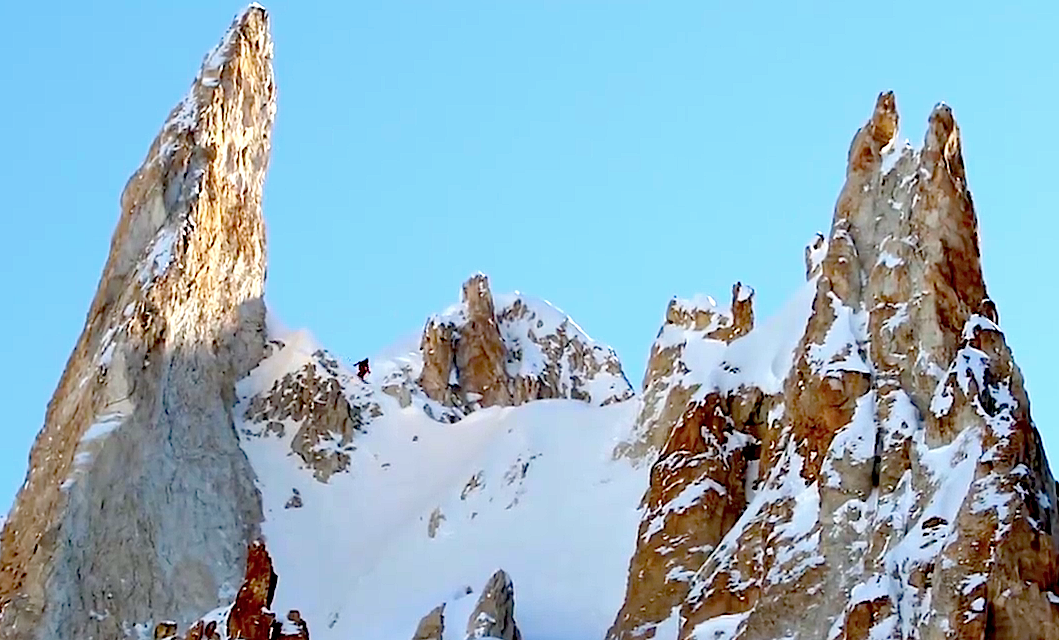Washington ski areas have been captivating national news with videos and pictures of huge slides, making things feel a bit strange in Washington. No doubt this season has been unusual for the West Coast of the U.S., but Washington avalanches taking out chairlifts? Are we in Las Lenas now?! But, we are looking forward to a brand new High Campbell lift at crystal, because it was planned to be replaced in the next 5 years anyways.
Winter wonderland, eh? Base area of High Campbell from the top of Forest Queen Lift. photo: Crystal Mountain
View of the ~10ft crown of the chair-destroying slide at crystal, zone called the throne. photo: Crystal Mountain
Washington state currently holds the record for seasonal snowfall so it is no secret that there is plenty of snow. With a maritime snowpack the prevalence of persistent weak layers is generally limited. However, the 2013/2014 season started dry and cold, creating a strong ice layer that was quickly buried by the 10+ feet of snow that fell in February. Following the February storms a system moved into the region in March bringing warmer temperatures and the Northwest signature, rain (lots of it).
The extra weight of moisture in the snowpack along with water penetration to the January weak layer has allowed for movement on the January crust. Activity on this weak layer is responsible for the large crowns and spectacular slides. What is especially startling is the propogation on these triggered slides. While avalanche activity has been limited to explosively triggered and large machinery (snowcat) triggered, this is a big reminder that we are headed towards springtime (and beer, and sunshine, and corn skiing!) and that avalanche hazards are changing.
6-foot crown in Bear Pits area at Crystal Mountain from control work on 3/9/14. photo: Crystal Mountain
While the recent Washington activity is alarming, terrifying, and powerful, it shouldn’t be so surprising. Another snow-related record Washington holds is for the worst avalanche accident in U.S. history, which occurred on Stevens Pass on March 1, 1910, when a wet slab avalanche during an intense rain event swept two trains stopped at the depot into Tye Canyon, killing 96 people. The 2013/2014 Washington snowpack is different than most years due to the sporadic snowfall (we kind of understand, Tahoe) but is it a true break from normal and expected conditions?
Bottom Line: the recent avalanche trend in Washington has been caused by a sudden shift towards spring conditions and a buried weak layer from Early January. Spring is coming.
RELATED POSTS:
Avalanche @ Crystal Mountain, WA Destroys #1 Chairlift in PNW Yesterday







